Introduction
The Freestyle Libre continuous glucose monitoring (CGM) system has transformed the way individuals with diabetes manage their condition. However, despite its many benefits, some users may experience frustrating false low readings, where the sensor indicates a glucose level significantly lower than the actual level. These inaccurate readings can trigger unnecessary alarms, cause anxiety, and disrupt diabetes management plans. In this comprehensive guide, we will delve into the common causes of Freestyle Libre false low readings and provide practical solutions to minimize their occurrence and impact.
Understanding False Low Readings
Before exploring the causes and solutions, it’s essential to understand what constitutes a false low reading. A false low reading occurs when the Freestyle Libre sensor displays a glucose level that is considerably lower than the actual blood glucose level, as confirmed by a traditional finger-stick test or laboratory analysis. These readings can be concerning, as they may prompt users to take corrective actions, such as consuming carbohydrates or administering insulin, which could potentially lead to dangerous hypoglycemic episodes.
Common Causes of False Low Readings
Sensor Placement Issues
Proper sensor placement is crucial for accurate glucose readings. Several factors can contribute to false low readings if the sensor is not positioned correctly:
1. Excessive Subcutaneous Fat: Areas with a high concentration of subcutaneous fat can affect the sensor’s ability to accurately measure interstitial glucose levels. This is because the glucose diffusion rate may vary in these areas, leading to delayed or inaccurate readings.
2. Loose Sensor Application: If the sensor is not firmly attached to the skin, it may shift or become dislodged, disrupting its ability to accurately measure glucose levels. This can result in false low readings or intermittent data gaps.
3. Proximity to Scar Tissue or Reduced Blood Flow: Placing the sensor near areas with scar tissue or reduced blood flow can lead to inaccurate readings. These areas may have compromised glucose diffusion, affecting the sensor’s ability to accurately measure interstitial glucose levels.
Compression Lows
Compression lows, also known as “pressure lows,” occur when pressure is applied to the sensor area, such as when sleeping on the sensor or wearing tight clothing. This pressure can temporarily affect the sensor’s ability to accurately measure interstitial glucose levels, resulting in false low readings.
Dehydration
Dehydration can significantly impact the accuracy of CGM readings, including the Freestyle Libre system. When the body is dehydrated, the concentration of glucose in the interstitial fluid may be affected, causing the sensor to provide false low readings. This is particularly relevant during periods of increased physical activity, illness, or exposure to hot weather conditions.
Temperature Extremes
Exposing the Freestyle Libre sensor to very hot or cold temperatures can impact its performance and accuracy. Extreme temperatures can affect the chemical reactions within the sensor, leading to false low readings. It is essential to keep the sensor within the recommended temperature range specified by the manufacturer to ensure optimal performance.
Interference from Medications or Supplements
Certain medications or supplements can potentially interfere with the Freestyle Libre sensor’s readings, causing inaccuracies or false low readings. For example, acetaminophen (paracetamol) has been known to interact with the sensor’s chemical components, leading to false low readings in some cases. It is crucial to consult with a healthcare provider about potential interactions between medications or supplements and the CGM system.
Sensor Age and Manufacturing Defects
As the Freestyle Libre sensor approaches the end of its lifespan, typically around 14 days, its accuracy may decrease, increasing the likelihood of false low readings. Additionally, although rare, occasional manufacturing defects can lead to sensors that are more prone to inaccurate readings, including false lows, from the outset.
Practical Solutions to Minimize False Low Readings
Optimize Sensor Placement
Proper sensor placement is crucial for minimizing the risk of false low readings. Here are some tips for optimal sensor placement:
1. Choose Areas with Consistent Subcutaneous Fat: Avoid areas with excessive or minimal subcutaneous fat. The back of the upper arm or the abdomen (avoiding the waistline) are often recommended for optimal sensor placement.
2. Ensure Firm Attachment: Follow the manufacturer’s instructions carefully to ensure the sensor is firmly attached to clean, dry skin. Proper adhesion will minimize the risk of sensor shifting or dislodgement, which can lead to inaccurate readings.
3. Rotate Sensor Sites: Rotate the sensor site with each new sensor application to prevent issues related to scar tissue or reduced blood flow in a particular area.
Address Compression Lows
To minimize the occurrence of compression lows, consider the following strategies:
1. Sleep Position Adjustment: Try sleeping on the opposite side of the sensor to prevent direct pressure on the area. Alternatively, use pillows or other positioning aids to prevent rolling onto the sensor during sleep.
2. Protective Patches or Bands: Consider using protective patches or bands designed to minimize pressure on the sensor area while still allowing for accurate readings.
3. Clothing Adjustments: Avoid wearing tight clothing or accessories that may apply pressure to the sensor area, as this can lead to compression lows.
Stay Hydrated
Maintaining proper hydration levels is essential for accurate CGM readings. Drink plenty of fluids, especially during periods of increased activity, illness, or exposure to hot weather conditions. Staying hydrated can help ensure accurate glucose measurements and reduce the risk of false low readings caused by dehydration.
Protect from Temperature Extremes
To prevent temperature-related false low readings, take the following precautions:
1. Avoid Extreme Heat: Refrain from exposing the sensor to excessively hot environments, such as saunas, hot tubs, or direct sunlight for prolonged periods.
2. Maintain a Comfortable Temperature Range: Keep the sensor within the recommended temperature range specified by the manufacturer, typically between 10°C (50°F) and 42°C (108°F).
3. Use Insulation or Protective Covers: In extremely cold environments, consider using insulating covers or protective accessories to maintain the sensor within the recommended temperature range.
Be Aware of Potential Interferences
It is essential to consult with a healthcare provider about any medications or supplements you are taking that may potentially interfere with the Freestyle Libre sensor’s readings. Your healthcare provider can help you understand the potential interactions and make informed decisions about your diabetes management plan.
Replace Sensors on Schedule
To maintain accuracy and minimize the risk of false low readings, it is crucial to replace the Freestyle Libre sensor according to the manufacturer’s recommendations, typically every 14 days. Adhering to the recommended sensor lifespan helps ensure optimal performance and reduces the likelihood of inaccurate readings caused by sensor degradation.
Verify with Finger-Stick Tests
If you suspect a false low reading or experience symptoms that do not align with the sensor’s readings, it is essential to confirm with a traditional finger-stick blood glucose meter before taking corrective action. This can help you identify patterns of false low readings and make informed decisions about your diabetes management.
When to Seek Support
If you consistently experience false low readings despite following best practices, it may be beneficial to contact the Freestyle Libre customer support team. They can assist with troubleshooting the issue and may provide replacement sensors if necessary. Keep a log of your false low readings, along with any relevant information such as sensor placement, compression, temperature, or potential interfering factors, to aid in the troubleshooting process.
The Role of Healthcare Providers
Effective diabetes management requires a collaborative effort between individuals with diabetes and their healthcare providers. Healthcare providers play a crucial role in helping patients understand and address false low readings with the Freestyle Libre CGM system.
1. Education and Training: Healthcare providers should provide comprehensive education and training on the proper use, placement, and interpretation of Freestyle Libre CGM data. This includes guidance on recognizing and addressing potential causes of false low readings.
2. Individualized Guidance: Each person’s circumstances and diabetes management needs are unique. Healthcare providers should work closely with patients to develop individualized strategies for optimizing sensor placement, addressing potential interfering factors, and interpreting CGM data accurately.
3. Medication Management: Healthcare providers should carefully review a patient’s medication list and supplement regimen to identify potential interactions with the Freestyle Libre sensor. They can provide guidance on adjusting medications or monitoring schedules to minimize the risk of false low readings.
4. Ongoing Support and Troubleshooting: Healthcare providers should encourage patients to report any persistent issues with false low readings and provide ongoing support and troubleshooting assistance. This may involve adjusting diabetes management plans, recommending alternative CGM systems, or seeking support from the manufacturer when necessary.
The Importance of Accurate Glucose Monitoring
Accurate glucose monitoring is essential for effective diabetes management. False low readings can lead to unnecessary corrective actions, such as consuming carbohydrates or administering insulin, which can potentially result in hyperglycemic episodes or other complications. By understanding the causes of false low readings and implementing practical solutions, individuals with diabetes can improve the reliability of their Freestyle Libre CGM system and maintain better control over their blood glucose levels.
Embracing the Latest Advancements
It is noteworthy that the Freestyle Libre 3, the latest model in the Freestyle Libre CGM system, has been designed with improved accuracy and reduced instances of false low readings in mind. The Freestyle Libre 3 features a smaller, more discreet sensor and advanced algorithms to minimize the impact of factors like compression and temperature fluctuations on glucose readings.
While no CGM system is perfect, the Freestyle Libre 3 represents a significant step forward in addressing the issue of false low readings. As technology continues to evolve, it is essential for individuals with diabetes and their healthcare providers to stay informed about the latest advancements and their potential benefits for improving diabetes management.
Conclusion
Freestyle Libre false low readings can be a frustrating and potentially dangerous issue for individuals with diabetes. However, by understanding the common causes and implementing practical solutions, such as optimizing sensor placement, addressing compression lows, staying hydrated, protecting from temperature extremes, being aware of potential interferences, replacing sensors on schedule, and verifying with finger-stick tests, the occurrence of false low readings can be minimized.
Effective diabetes management requires a collaborative effort between individuals with diabetes, their healthcare providers, and the Freestyle Libre customer support team. By embracing education, open communication, and the latest advancements in CGM technology, individuals with diabetes can achieve better control over their blood glucose levels and improve their overall quality of life.
Remember, accurate glucose monitoring is crucial for making informed decisions about diabetes management. By addressing the issue of false low readings, individuals with diabetes can have greater confidence in the data provided by their Freestyle Libre CGM system and take proactive steps toward achieving optimal glycemic control.

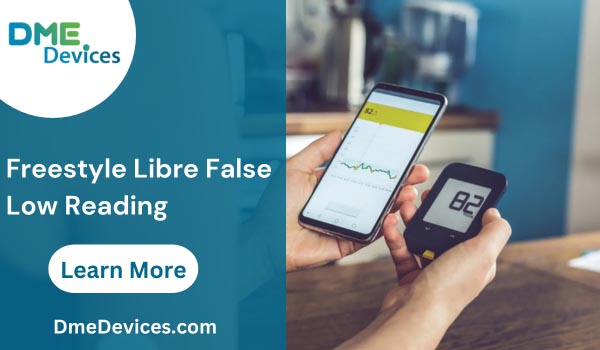

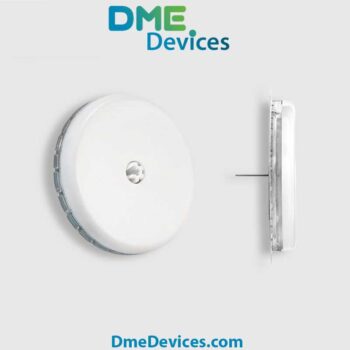



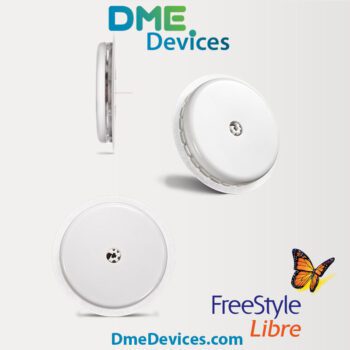


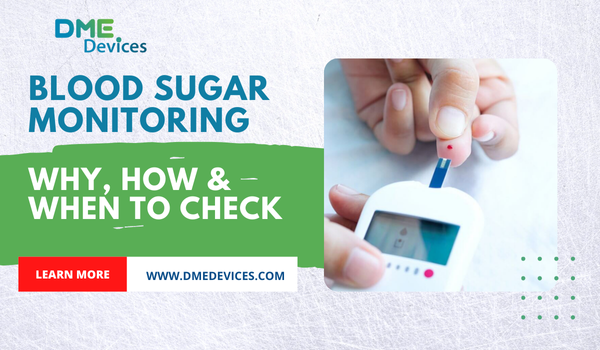

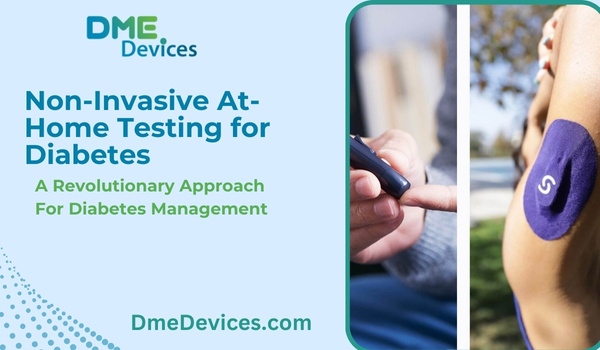
Write a comment
Your email address will not be published. All fields are required